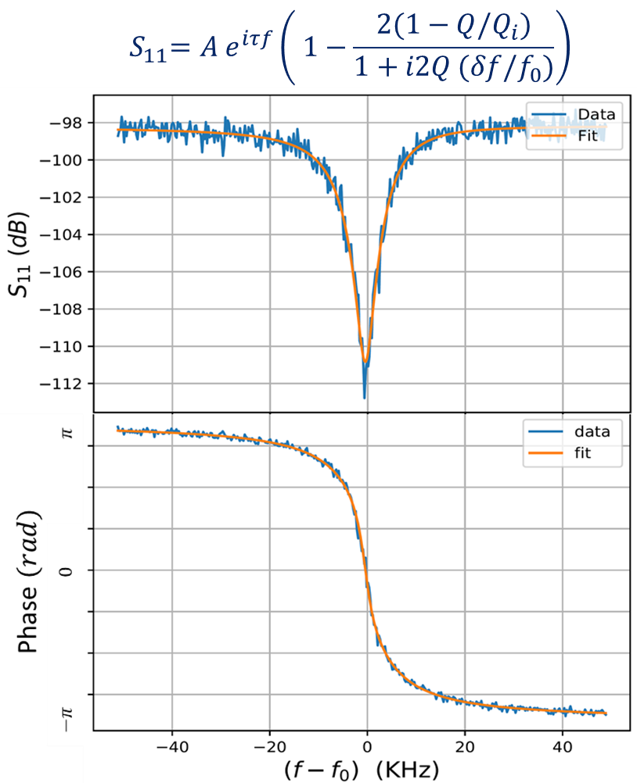 High-Q coplanar waveguide (CPW) resonators are interesting not only for their direct applications as kinetic inductance detectors or with qubits for quantum information processing, but also because they are the simplest architecture to study the microscopic loss mechanisms and sources of decoherence in superconducting quantum circuits. Although state-of-art quantum circuits can perform many interesting computational tasks and demonstrate some challenging quantum phenomena, they are still considered quite noisy for real-world applications beyond the capability of classical computers. We aim to investigate the dominant loss mechanisms in superconducting resonators by corroborating the results of microwave measurements (quality factor, shift in resonance frequency, noise spectrum, …) with material characterization techniques. This union will provide us with deeper understanding of the fundamental properties governing the dynamics of the system and will pave the way towards building the new generation of superconducting quantum circuits.
High-Q coplanar waveguide (CPW) resonators are interesting not only for their direct applications as kinetic inductance detectors or with qubits for quantum information processing, but also because they are the simplest architecture to study the microscopic loss mechanisms and sources of decoherence in superconducting quantum circuits. Although state-of-art quantum circuits can perform many interesting computational tasks and demonstrate some challenging quantum phenomena, they are still considered quite noisy for real-world applications beyond the capability of classical computers. We aim to investigate the dominant loss mechanisms in superconducting resonators by corroborating the results of microwave measurements (quality factor, shift in resonance frequency, noise spectrum, …) with material characterization techniques. This union will provide us with deeper understanding of the fundamental properties governing the dynamics of the system and will pave the way towards building the new generation of superconducting quantum circuits.

We started by fabricating and characterizing state-of-the-art niobium based superconducting CPW resonators with single photon internal quality factors (Q_i) of 〖~1×10〗^6 (figure on the right). The power and temperature dependence of the quality factor, resonance frequency shift, and noise spectrum were explained in the framework of TLSs and residual quasiparticles. We also carried out various surface treatments (post processing chemical treatments and in-situ surface passivation) to mitigate the interface loss with improvement in Q_i up to a factor of 4. Several material characterization tools were used to analyze the samples including TEM, XPS, X-ray EDS mapping and EELS and the results provided insight into the chemistry and structure of the surface oxides which alongside measurements of the device dynamics elucidated the oxides’ role in limiting the performance. Finally, we implemented some finite-element simulations using HFSS and COMSOL to optimize our chip to achieve critical coupling and implemented changes in the resonators geometry to study the contribution of different interfaces to the TLS loss
Current Status & Next Steps
So far there are two phenomenological physical mechanisms which are believed to be the dominant sources of loss in superconducting resonators. The first is due to a bath of two-level systems (TLSs) which couple to the electromagnetic field and are thought to reside mostly in the oxide layers. The second stems from a modification of the surface resistance due to quasiparticles within the superconductor. Unfortunately, neither of those mechanisms is well-understood in terms of its theoretical description and physical origin. So, one of the experimentally challenging tasks would be to separate the influence of each mechanism on the device performance and obtain a large set of data to help guide the theoretical models.